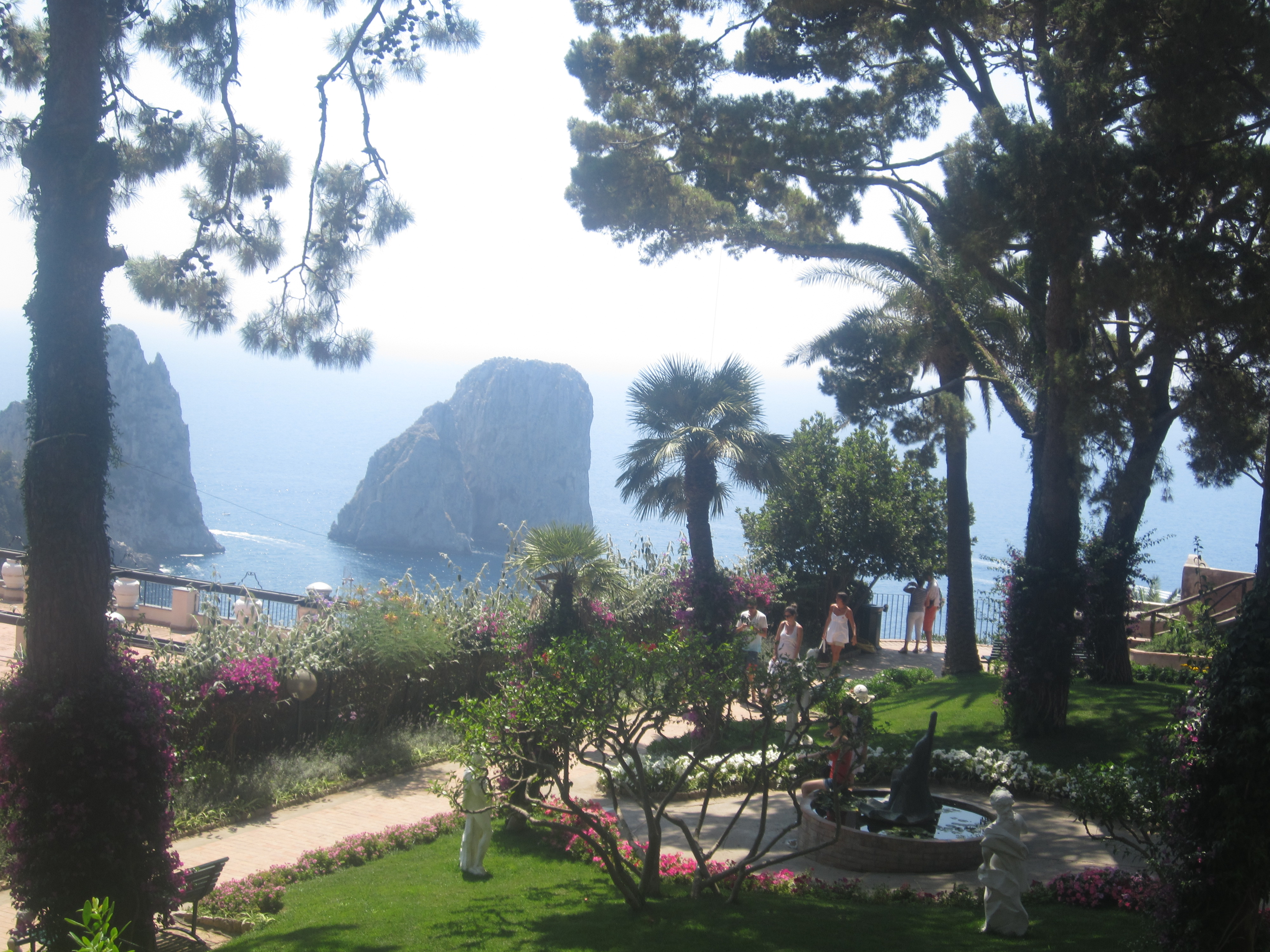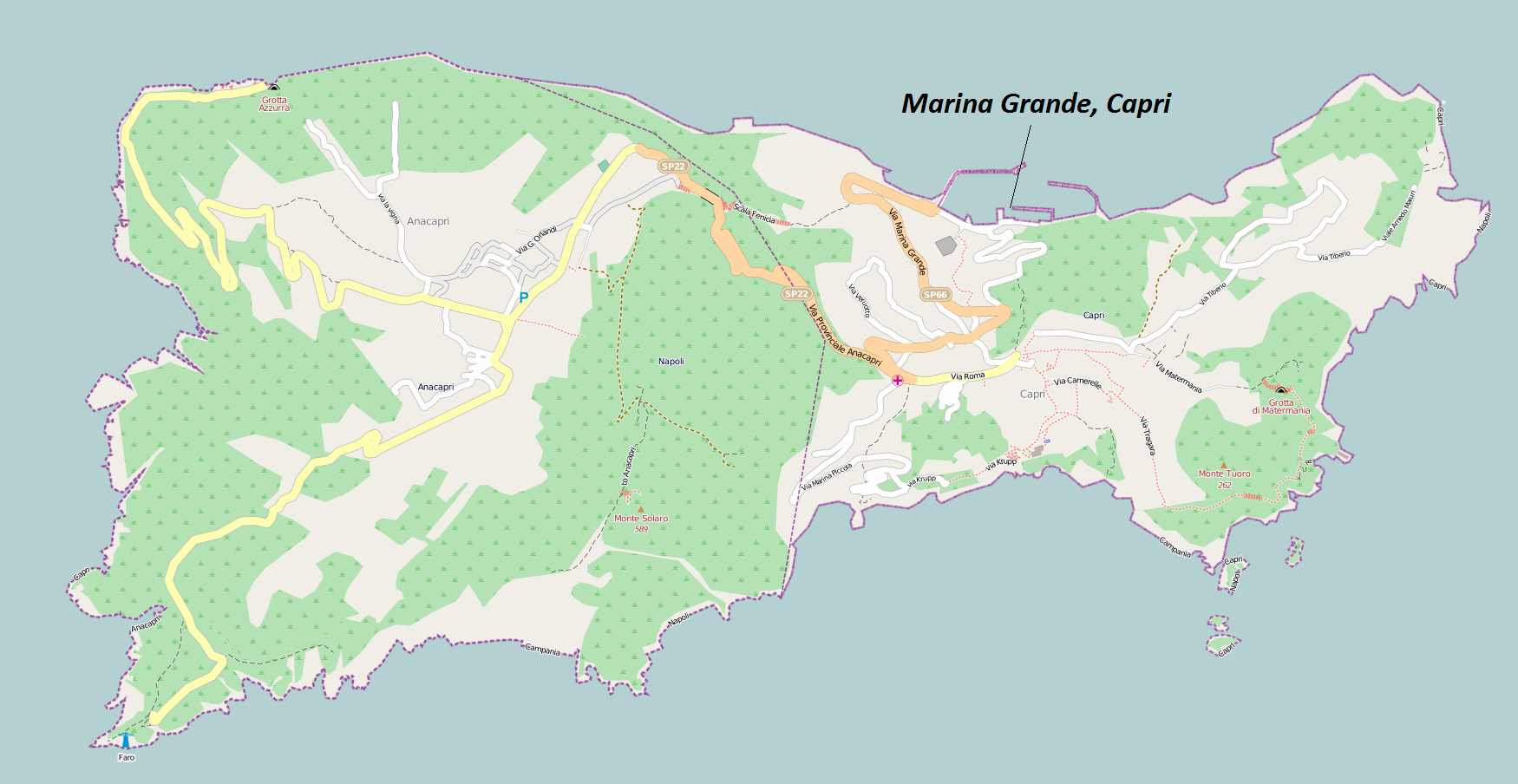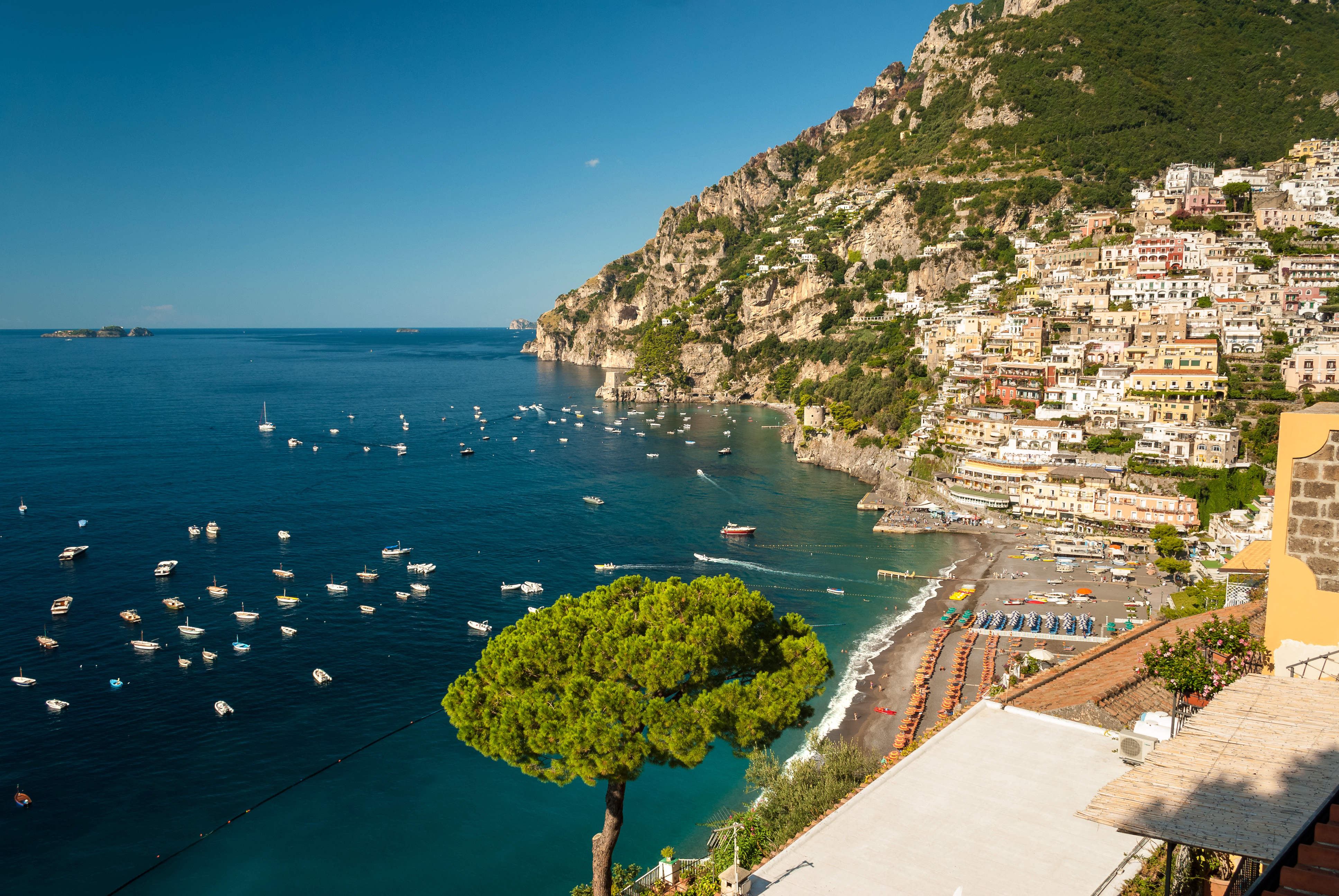|
Marina Piccola
Marina Piccola ("little harbor"; also Marina di Mulo) is located on the southern side of the island of Capri. It is near the Faraglioni sea stacks to the southeast. The Via Krupp is a historic switchback paved footpath which connect the Charterhouse of San Giacomo and the Gardens of Augustus area with Marina Piccola. The Marina Piccola, used by Augustus and Tiberius, preceded the Marina Grande. See also * Tyrrhenian Sea The Tyrrhenian Sea (; it, Mar Tirreno , french: Mer Tyrrhénienne , sc, Mare Tirrenu, co, Mari Tirrenu, scn, Mari Tirrenu, nap, Mare Tirreno) is part of the Mediterranean Sea off the western coast of Italy. It is named for the Tyrrhenian pe ... References {{Coord, 40, 32, 42, N, 14, 14, 6, E, region:IT, display=title Ports and harbours of Italy Capri, Campania ... [...More Info...] [...Related Items...] OR: [Wikipedia] [Google] [Baidu] |
Capri
Capri ( , ; ; ) is an island located in the Tyrrhenian Sea off the Sorrento Peninsula, on the south side of the Gulf of Naples in the Campania region of Italy. The main town of Capri that is located on the island shares the name. It has been a resort since the time of the Roman Republic. Some of the main features of the island include the (the little harbour), the Belvedere of Tragara (a high panoramic promenade lined with villas), the limestone crags called sea stacks that project above the sea (the ), the town of Anacapri, the Blue Grotto (), the ruins of the Imperial Roman villas, and the vistas of various towns surrounding the Island of Capri including Positano, Amalfi, Ravello, Sorrento, Nerano, and Naples. Capri is part of the region of Campania, Metropolitan City of Naples. The town of Capri is a and the island's main population centre. The island has two harbours, and (the main port of the island). The separate of Anacapri is located high on the hills to the w ... [...More Info...] [...Related Items...] OR: [Wikipedia] [Google] [Baidu] |
Faraglioni
In Italian, (; nap, faragliune ; singular in both languages) are stacks, coastal and oceanic rock formations eroded by waves. The word may be derived from the Greek ' or Latin ("lighthouse") and is cognate with the Spanish . They are found at the coasts of several regions of Italy: Apulia ''faraglioni'' In the Apulia region, examples of can be found along the Adriatic coast of the Salento peninsula: Le Due Sorelle (The Two Sisters) in Torre Dell'Orso and the Faraglioni di Sant'Andrea. On the Gargano peninsula, there are two ''faraglioni'' in Zagare Bay near Mattinata that are protected within Gargano National Park. Capri In the Campania region, there are three famous in the Bay of Naples, off the island of Capri. Part of the Campanian Archipelago, they are named: *Stella, connected to the island; high. *Mezzo; high. *Scopolo (or Fuori); high. The blue lizard or ('' Podarcis siculus coeruleus'') is endemic to this . See also * Stack (geology) * Coastal and ocea ... [...More Info...] [...Related Items...] OR: [Wikipedia] [Google] [Baidu] |
Via Krupp
Via Krupp is a historic hairpin turn paved footpath on the island of Capri, connecting the Charterhouse of San Giacomo and the Gardens of Augustus area with Marina Piccola. Commissioned by the German industrialist Friedrich Alfred Krupp, the path covers an elevation difference of about . Built between 1900 and 1902, Via Krupp was ostensibly a connection for Krupp between his luxury hotel, Grand Hotel Quisisana, and Marina Piccola, where his marine biology research vessel lay at anchor. Secretly, however, this path also conveyed him to the Grotta di Fra Felice, a grotto where sex orgies with local youths took place. When the scandal surfaced, Krupp was asked to leave Italy in 1902. Since 1976, Via Krupp has been closed most of the time due to the danger of falling rocks. See also * Tyrrhenian Sea * Villa Hügel The Villa Hügel is a 19th-century mansion in Bredeney, now part of Essen, Germany. It was built by the industrialist Alfred Krupp in 1870-1873 as his main residence ... [...More Info...] [...Related Items...] OR: [Wikipedia] [Google] [Baidu] |
Hairpin Turn
A hairpin turn (also hairpin bend or hairpin corner) is a bend in a road with a very acute inner angle, making it necessary for an oncoming vehicle to turn about 180° to continue on the road. It is named for its resemblance to a bent metal hairpin. Such turns in ramps and trails may be called switchbacks in American English, by analogy with switchback railways. Description Hairpin turns are often built when a route climbs up or down a steep slope, so that it can travel mostly across the slope with only moderate steepness, and are often arrayed in a zigzag pattern. Highways with repeating hairpin turns allow easier, safer ascents and descents of mountainous terrain than a direct, steep climb and descent, at the price of greater distances of travel and usually lower speed limits, due to the sharpness of the turn. Highways of this style are also generally less costly to build and maintain than highways with tunnels. On occasion, the road may loop completely, using a tunnel or ... [...More Info...] [...Related Items...] OR: [Wikipedia] [Google] [Baidu] |
Certosa Di San Giacomo
Certosa di San Giacomo was a Carthusian monastery, founded in 1363 by Giacomo Arcucci on the island of Capri, Campania, southern Italy. It is now a museum and is used for cultural events. The buildings that formed the charterhouse have three main areas: the pharmacy and women's church, the buildings for monks, and those for guests. The cloister (''Chiostro Grande'') is of a late Renaissance design, while the ''Chiostro Piccolo'' features Roman marble columns. History Count Giacomo Arcucci, a secretary to Joan I of Naples, established the charterhouse in 1371. He later became a monk himself in 1386. In 1553 the monastery was restored and fortified and a tower was erected which collapsed in the 18th century. There was often conflict between the islanders and the monks, who owned land as well as grazing and hunting rights. During the 1656 plague in Capri, the monks sealed themselves off, whereupon the islanders threw their corpses over the wall of the monastery in retribution. Sinc ... [...More Info...] [...Related Items...] OR: [Wikipedia] [Google] [Baidu] |
Gardens Of Augustus
The Gardens of Augustus ( it, Giardini di Augusto), originally known by the name of Krupp Gardens, are botanical gardens on the island of Capri, Campania, Italy. The gardens were established by the German industrialist Friedrich Alfred Krupp in the early twentieth century to build his mansion in Capri. Initially the gardens took on the name of "Krupp Gardens", a title held until 1918, when the gardens were renamed "Gardens of Augustus", the title they are known as today. The gardens, designed in terraces overlooking the sea, can be considered a testament to the rich flora of the island of Capri, with various ornamental plants and flowers such as geraniums, dahlias and brooms. In the gardens there is a monument to Vladimir Lenin, one of the few of its kind in Italy, created in 1968, after the approval of a municipal resolution, by the Italian sculptor Giacomo Manzu to which the Soviet Embassy in Italy commissioned the work. The monument, consisting of several 5 meter high bl ... [...More Info...] [...Related Items...] OR: [Wikipedia] [Google] [Baidu] |
Augustus
Caesar Augustus (born Gaius Octavius; 23 September 63 BC – 19 August AD 14), also known as Octavian, was the first Roman emperor; he reigned from 27 BC until his death in AD 14. He is known for being the founder of the Roman Principate, which is the first phase of the Roman Empire, and Augustus is considered one of the greatest leaders in human history. The reign of Augustus initiated an imperial cult as well as an era associated with imperial peace, the ''Pax Romana'' or ''Pax Augusta''. The Roman world was largely free from large-scale conflict for more than two centuries despite continuous wars of imperial expansion on the empire's frontiers and the year-long civil war known as the "Year of the Four Emperors" over the imperial succession. Originally named Gaius Octavius, he was born into an old and wealthy equestrian branch of the plebeian ''gens'' Octavia. His maternal great-uncle Julius Caesar was assassinated in 44 BC, and Octavius was named in Caesar' ... [...More Info...] [...Related Items...] OR: [Wikipedia] [Google] [Baidu] |
Tiberius
Tiberius Julius Caesar Augustus (; 16 November 42 BC – 16 March AD 37) was the second Roman emperor. He reigned from AD 14 until 37, succeeding his stepfather, the first Roman emperor Augustus. Tiberius was born in Rome in 42 BC. His father was the politician Tiberius Claudius Nero and his mother was Livia Drusilla, who would eventually divorce his father, and marry the future-emperor Augustus in 38 BC. Following the untimely deaths of Augustus' two grandsons and adopted heirs, Gaius and Lucius Caesar, Tiberius was designated Augustus' successor. Prior to this, Tiberius had proved himself an able diplomat, and one of the most successful Roman generals: his conquests of Pannonia, Dalmatia, Raetia, and (temporarily) parts of Germania laid the foundations for the empire's northern frontier. Early in his career, Tiberius was happily married to Vipsania, daughter of Augustus' friend, distinguished general and intended heir, Marcus Vipsanius Agrippa. They had a son, Drusus Jul ... [...More Info...] [...Related Items...] OR: [Wikipedia] [Google] [Baidu] |
Marina Grande, Capri
Marina Grande is the main port of the island of Capri in Italy, to the north of the main town of Capri and at the foot of Mount Solaro. History The Marina Piccola, on the island's southern shore, preceded the Marina Grande; it was used by Augustus and Tiberius. An ancient fishing port, the Romans used the Marina Grande as a port during Augustian times, and built the Palazzo a Mare nearby. Tiberius fortified and reinforced Marina Grande. Capri was also the first point in Campania in which the Greeks landed and women on Capri are still said to "still sometimes show distinctly Grecian features". In the seventh century, Bishop Costanzo died near Marina Grande and became the island's patron saint; the Chiesa di San Costanzo is situated between Marina Grande and Anacapri. Geography Marina Grande is located on the northern side of the island. Travel between the Marina Piccola and the Marina Grande occurs by circling around the Faraglioni stacks. Before 1928, docking took place di ... [...More Info...] [...Related Items...] OR: [Wikipedia] [Google] [Baidu] |
Tyrrhenian Sea
The Tyrrhenian Sea (; it, Mar Tirreno , french: Mer Tyrrhénienne , sc, Mare Tirrenu, co, Mari Tirrenu, scn, Mari Tirrenu, nap, Mare Tirreno) is part of the Mediterranean Sea off the western coast of Italy. It is named for the Tyrrhenian people identified with the Etruscans of Italy. Geography The sea is bounded by the islands of Corsica and Sardinia (to the west), the Italian Peninsula (regions of Tuscany, Lazio, Campania, Basilicata, and Calabria) to the north and east, and the island of Sicily (to the south). The Tyrrhenian Sea also includes a number of smaller islands like Capri, Elba, Ischia, and Ustica. The maximum depth of the sea is . The Tyrrhenian Sea is situated near where the African and Eurasian Plates meet; therefore mountain chains and active volcanoes such as Mount Marsili are found in its depths. The eight Aeolian Islands and Ustica are located in the southern part of the sea, north of Sicily. Extent The International Hydrographic Organization define ... [...More Info...] [...Related Items...] OR: [Wikipedia] [Google] [Baidu] |
Ports And Harbours Of Italy
A port is a maritime facility comprising one or more wharves or loading areas, where ships load and discharge cargo and passengers. Although usually situated on a sea coast or estuary, ports can also be found far inland, such as Hamburg, Manchester and Duluth; these access the sea via rivers or canals. Because of their roles as ports of entry for immigrants as well as soldiers in wartime, many port cities have experienced dramatic multi-ethnic and multicultural changes throughout their histories. Ports are extremely important to the global economy; 70% of global merchandise trade by value passes through a port. For this reason, ports are also often densely populated settlements that provide the labor for processing and handling goods and related services for the ports. Today by far the greatest growth in port development is in Asia, the continent with some of the world's largest and busiest ports, such as Singapore and the Chinese ports of Shanghai and Ningbo-Zhou ... [...More Info...] [...Related Items...] OR: [Wikipedia] [Google] [Baidu] |










